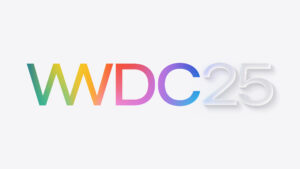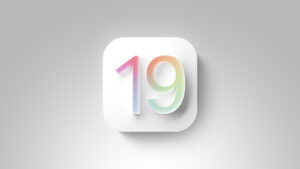Resolve time better in LogUI build 48
Macs keep time exceedingly precisely, although there are important differences here between Intel and Apple silicon models. Their most precise record of time is given in Mach Absolute Time (MAT), the number of ‘ticks’ since an arbitrary start. In Intel Macs, each tick occurs every nanosecond (10^-9 second), providing high resolution, but ticks are less frequent in Apple silicon chips, occurring once every 41.666… nanoseconds instead.
You can test this on an Apple silicon Mac using my free utility Mints, which has a convenient button to display Mach timebase information. Run Mints in native mode, the default as it’s a Universal App, and it reports the Arm values; force it to launch as an app translated by Rosetta, and it will give the same timebase as an Intel Mac.
Although entries in the log are recorded in MAT’s high resolution, most methods of accessing log entries lose much of that precision. The datestamps provided by the log show command, for example, round time to the nearest microsecond (10^-6 second), although it’s capable of delivering a field in MAT’s nanoseconds. The bundled Console app is similar, but lacks any option to display MAT. My Ulbow app can display both datestamps with microseconds and MAT, but until now LogUI has been limited to displaying only time in milliseconds (10^-3 second).
To put these into context, in each microsecond the P core in the CPU of an M4 chip can complete execution of over 1,000 instructions, and in a millisecond that becomes more than a million instructions.
LogUI has been constrained by the formatted output available using Date and DateFormatter in the macOS API, which appear to be incapable of generating time any more precisely than milliseconds. After several earlier unsuccessful attempts, I’m now able to obtain time in nanoseconds, using Calendar and DateComponents in the API. For example, to obtain a formatted string containing the nanosecond component of a Date variable named date:
let nanoSeconds = Calendar.current.component(.nanosecond, from: date)
let nsTime = String(format: “%09d”, nanoSeconds)
The string nsTime can then be spliced into a formatted date string.
I have incorporated this into a new build of LogUI, which also has extended information about the log display in its Help book. LogUI 1.0 build 48 is now available from here: logui148
and from its Product Page.
Tomorrow I’ll consider whether these more precise times are of use, and what we can learn from them.




